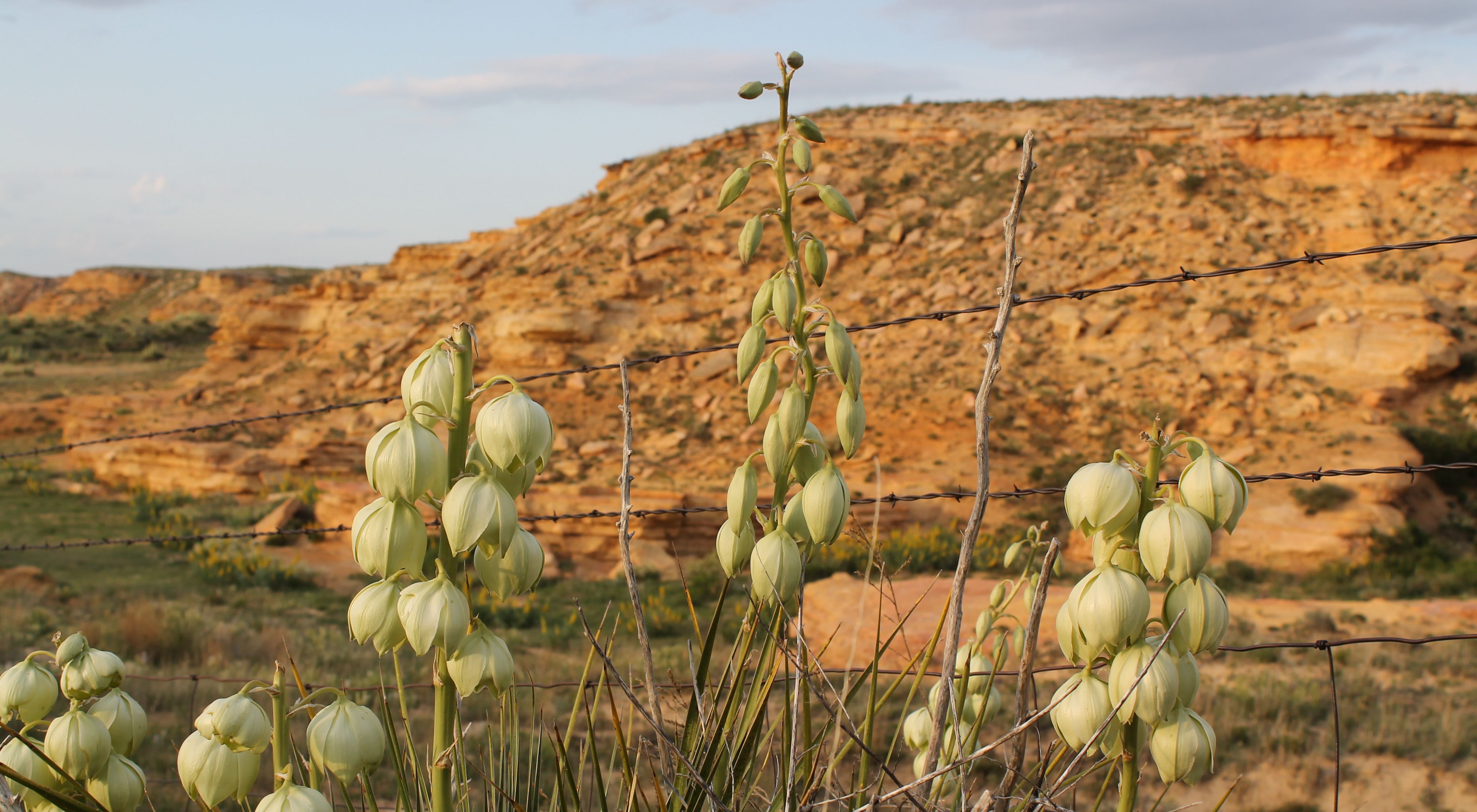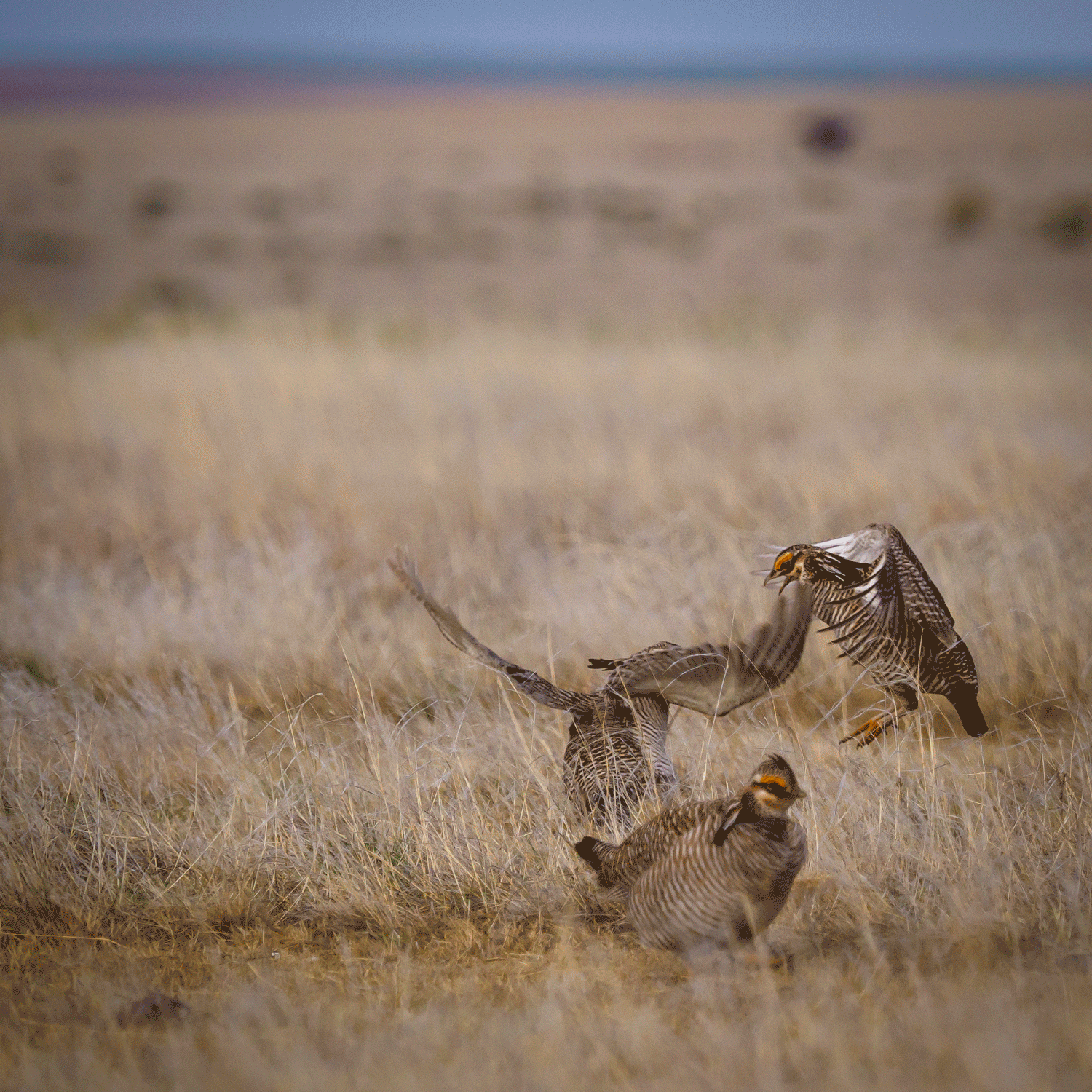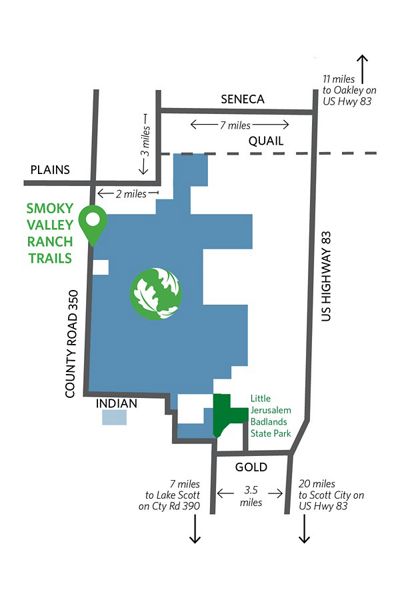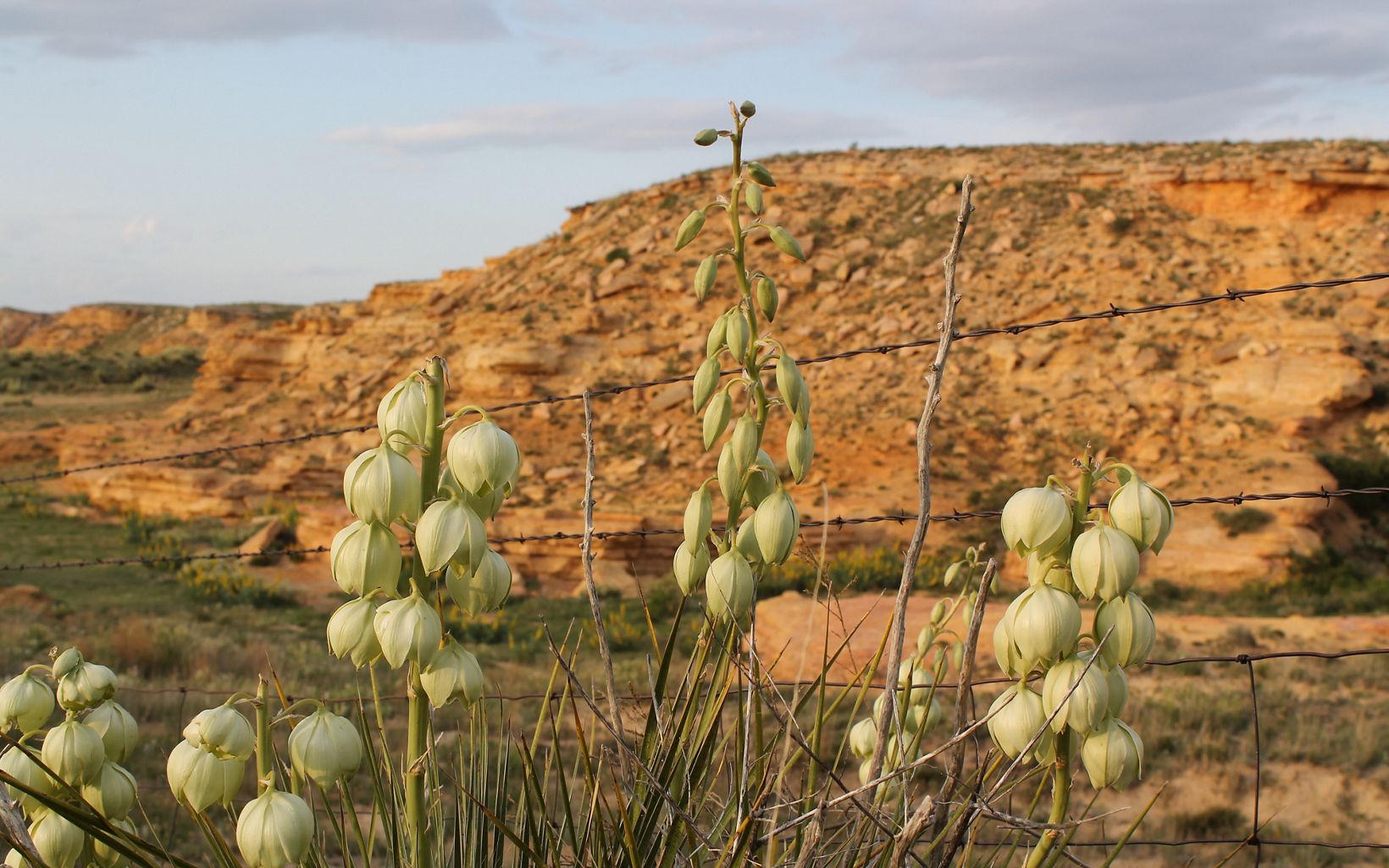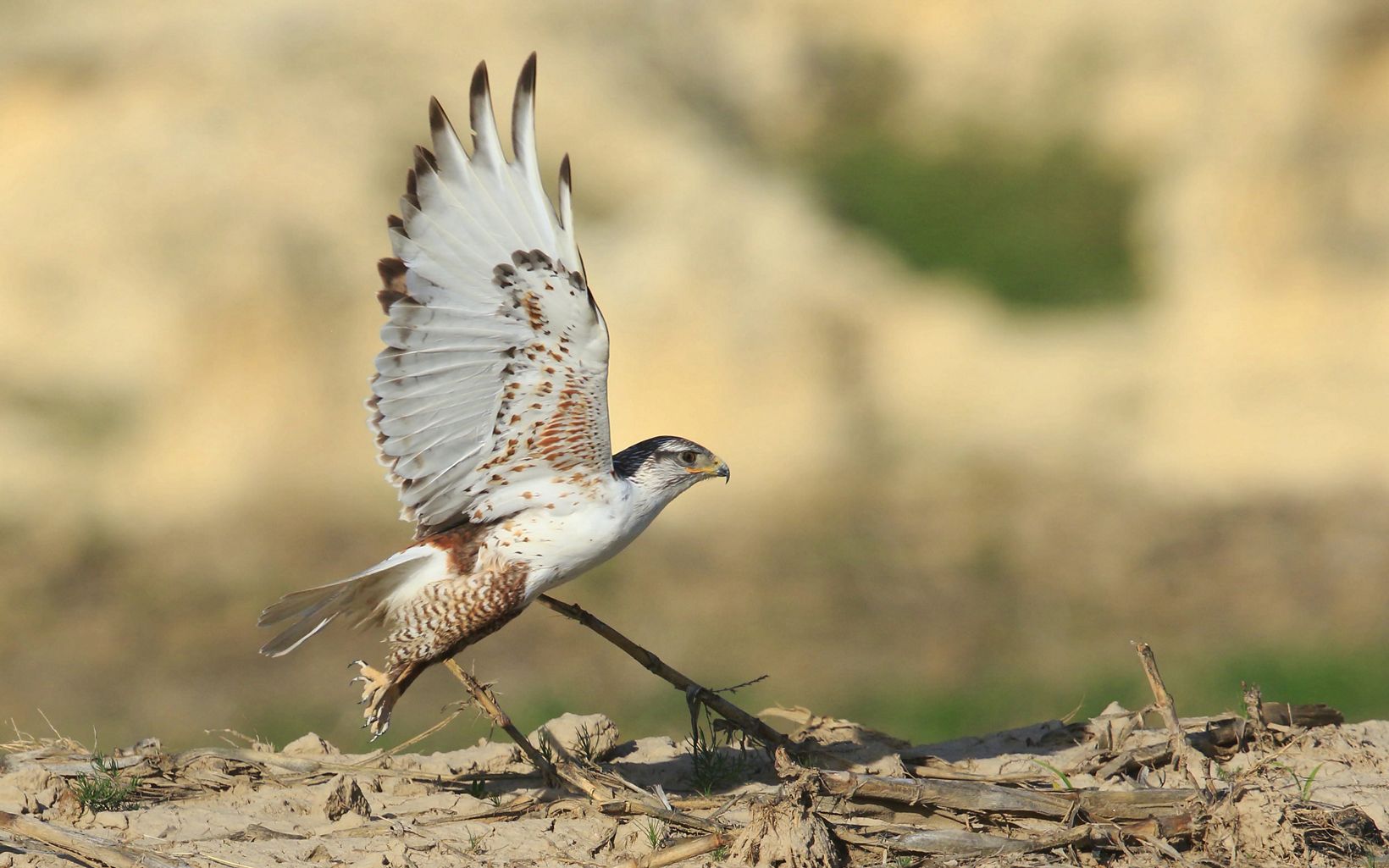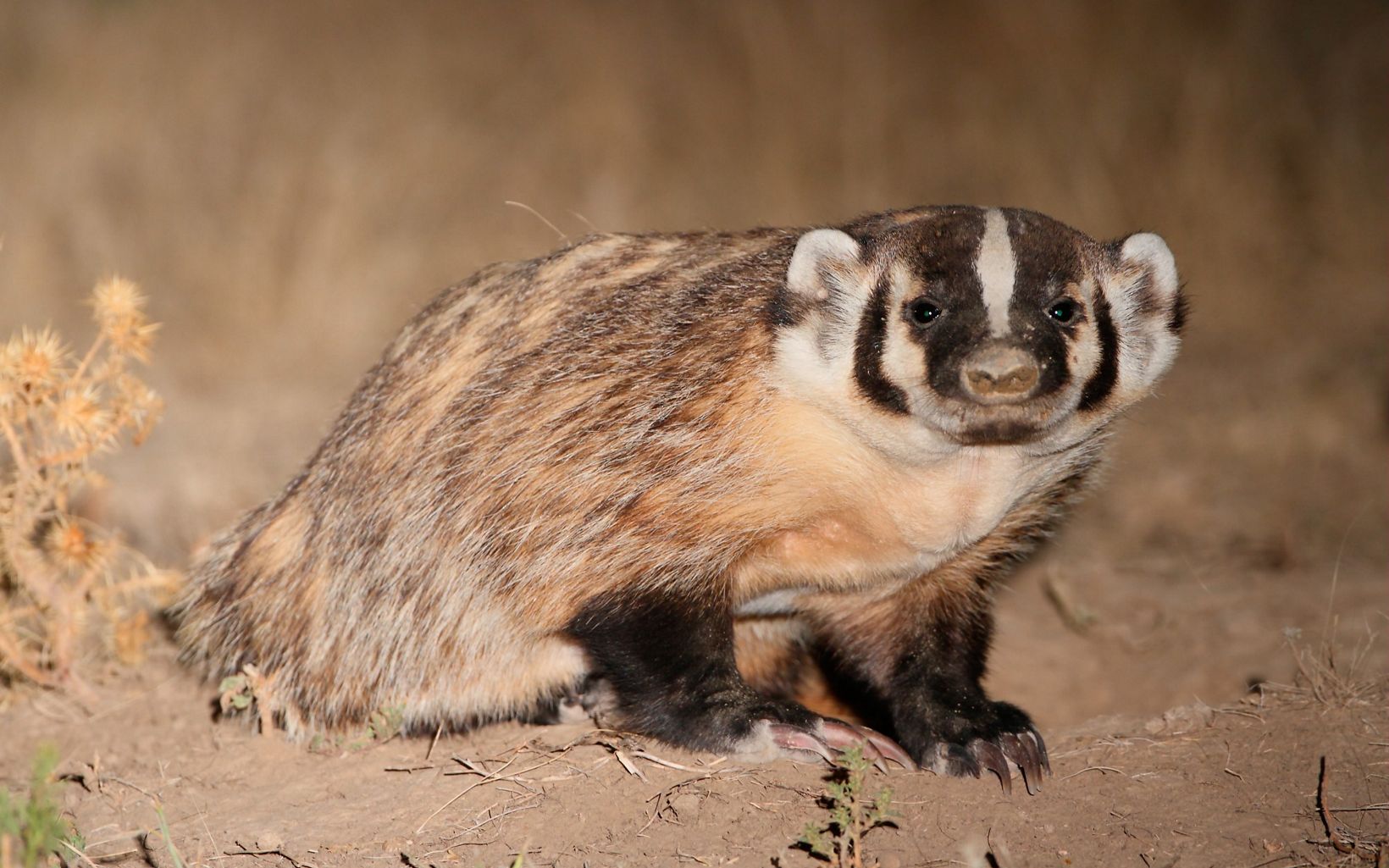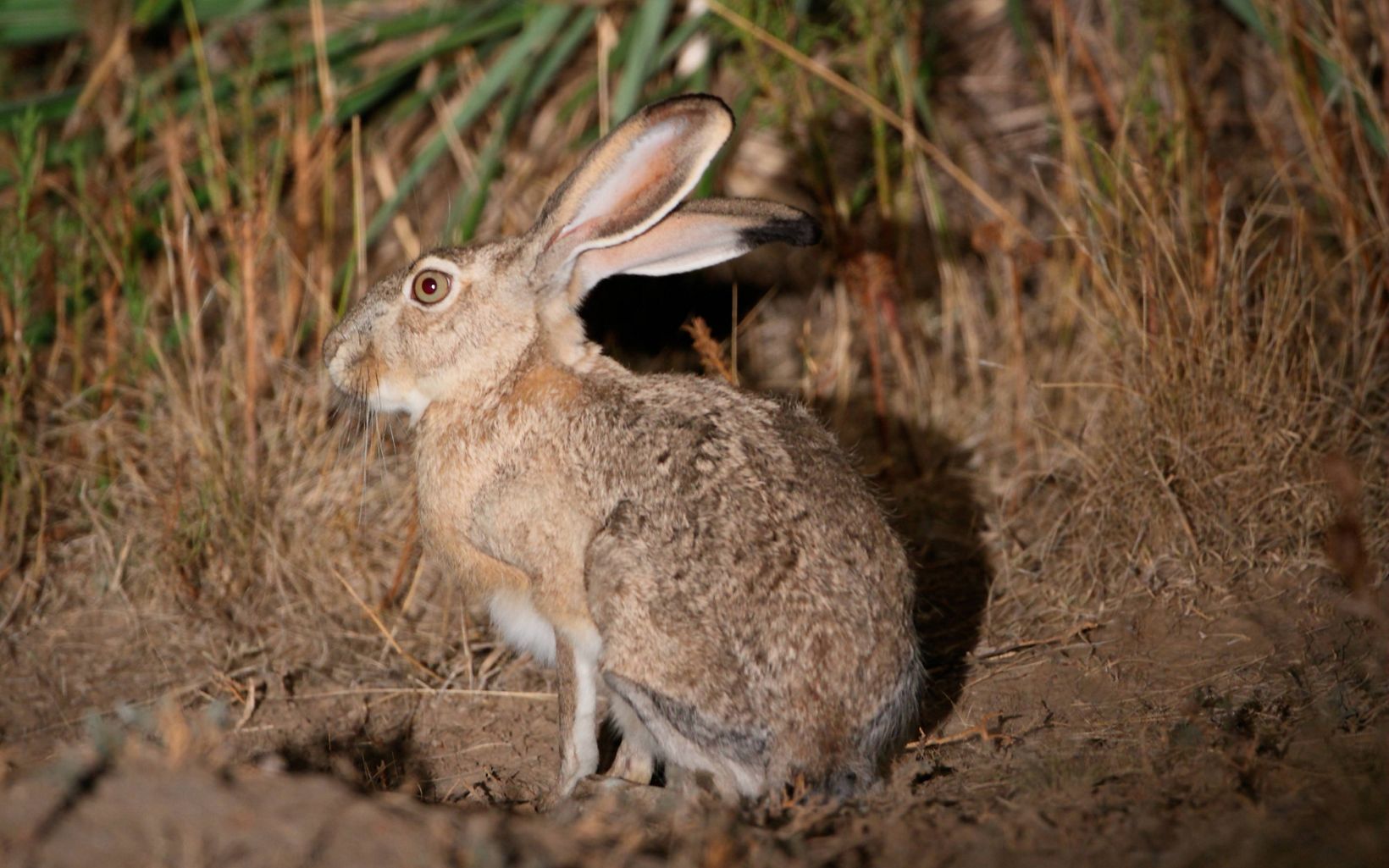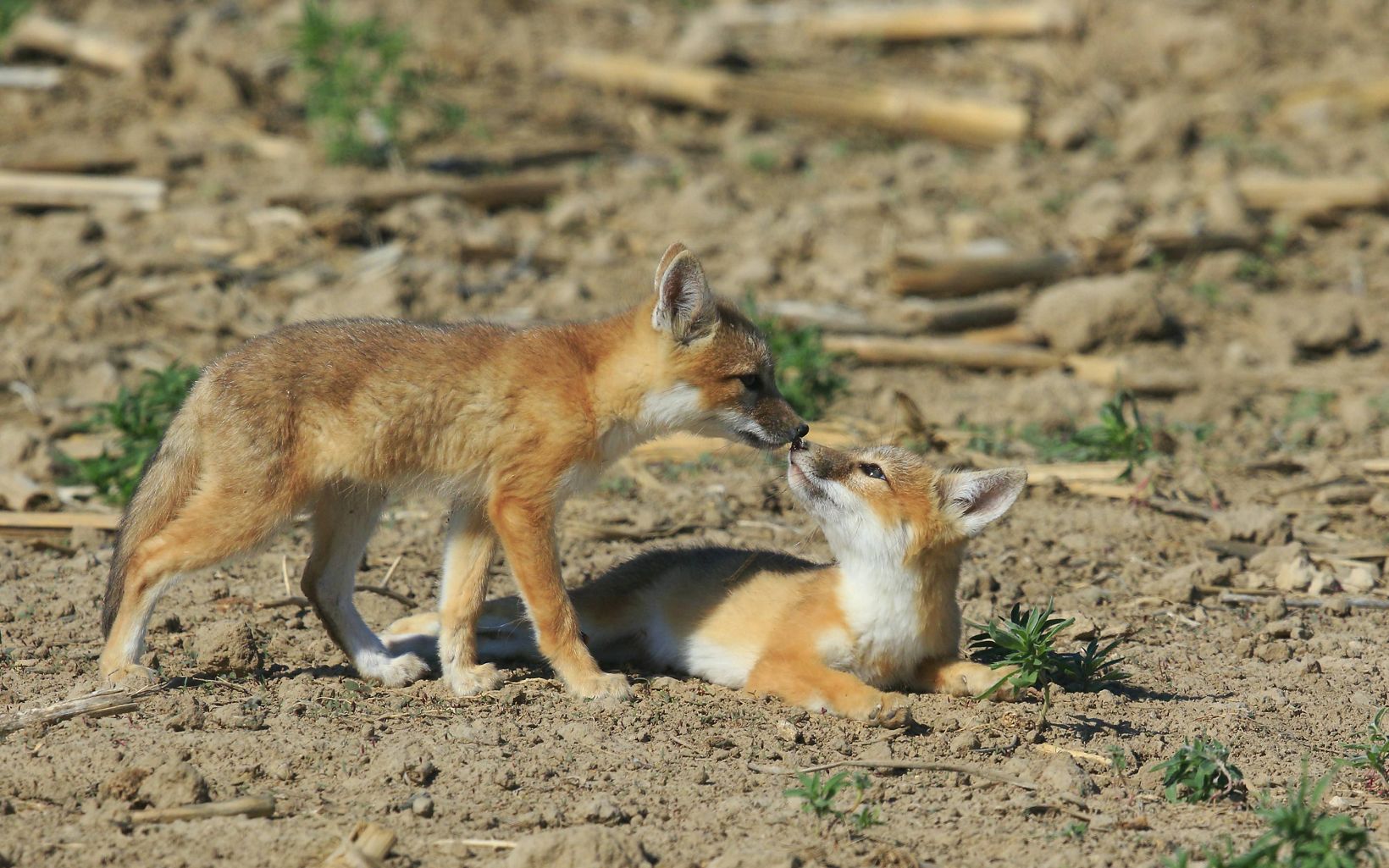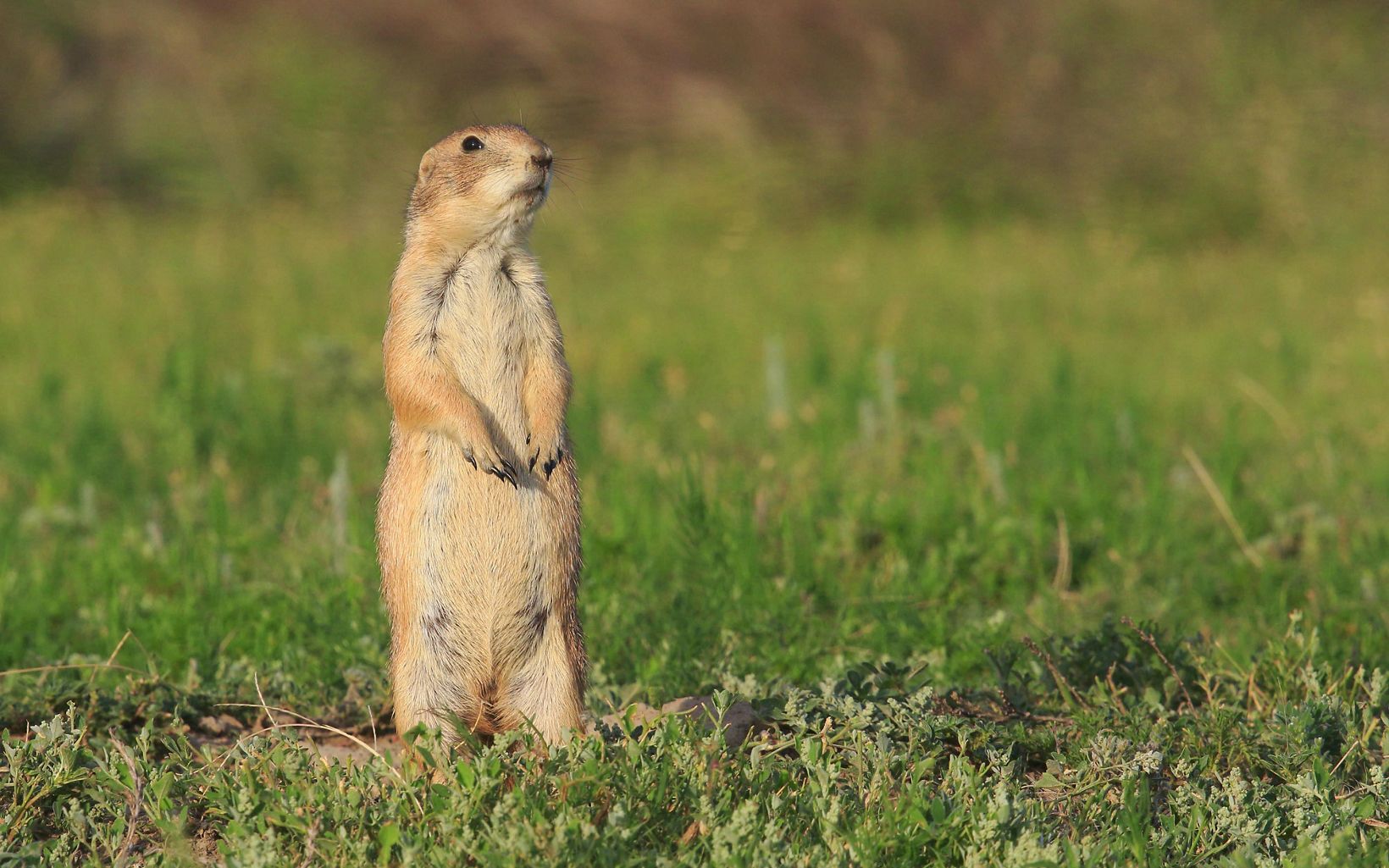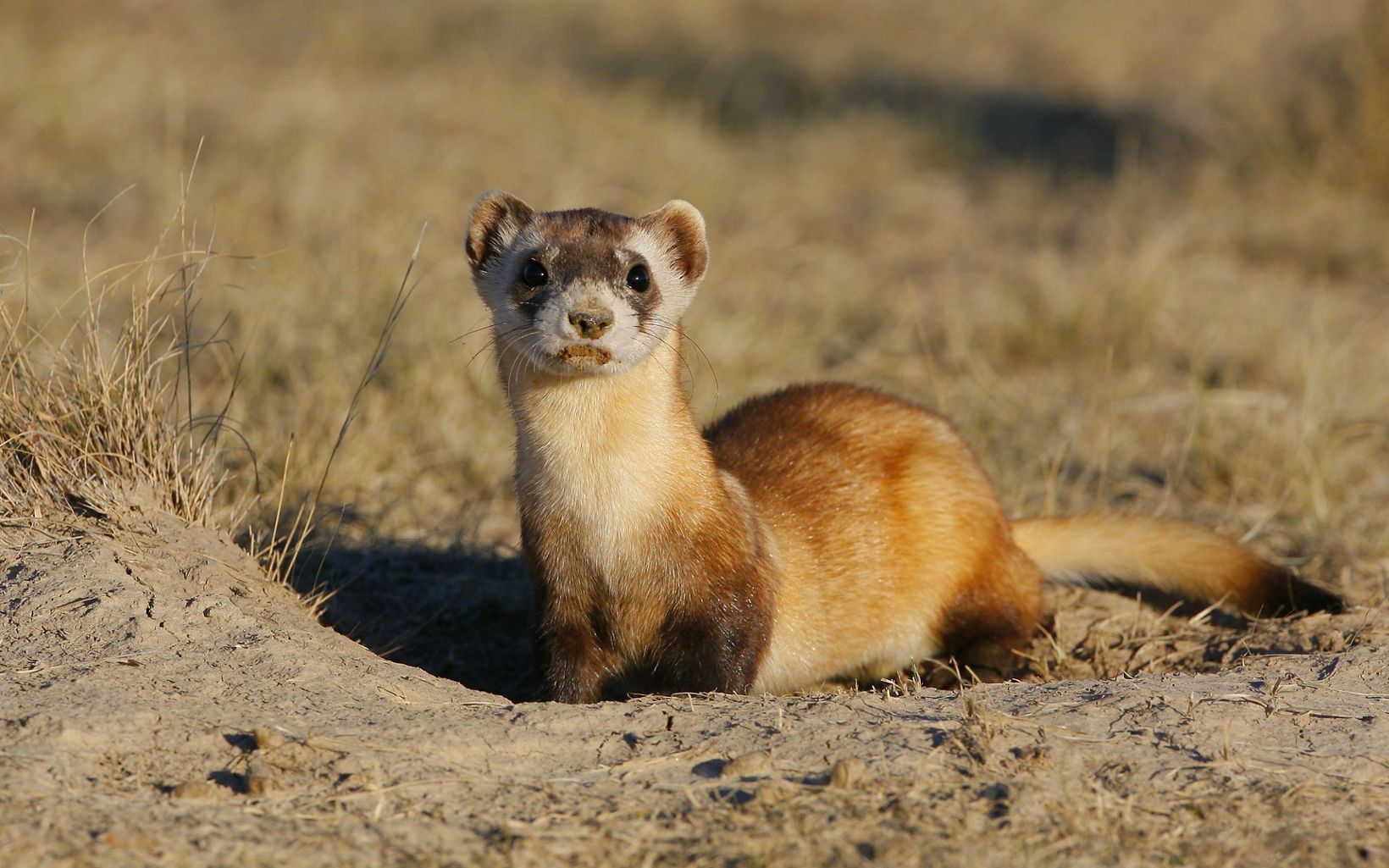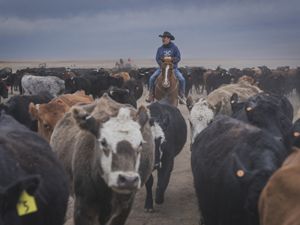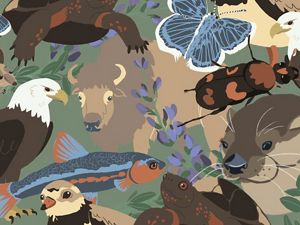Description
On this land, you’ll view sights that have almost vanished from America—bison roaming a prairie as they did hundreds of years ago; prairie-chickens dancing on their leks; herds of pronghorn and mule deer hopping across the horizon.
Dramatic chalk bluffs overlook large expanses of grassland, rocky ravines and Smoky Hill River. Breaks along the upper reaches of the river represent a transition zone between mixed grass and shortgrass prairie environments. When The Nature Conservancy purchased Smoky Valley Ranch in 1999, it was the largest land acquisition for conservation in state history. At that time, several parcels had been carved out of the ranch, sold to other buyers and converted to cropland. In 2020, TNC purchased the final piece of the 'donut hole' in the middle, making the ranch whole again. In 2021 & 2024, additional land at the edges of the ranch was also acquired, bringing the total size of the property to 18,749-acres.
This prairie supports tremendous plant and wildlife diversity while continuing its long history as a working cattle ranch. In western Kansas, 80% of the native prairie has been converted to some other use. Demonstrating that healthy wildlife populations and successful ranching operations go hand-in-hand is critical to retaining the 20% of the prairie that’s left.
